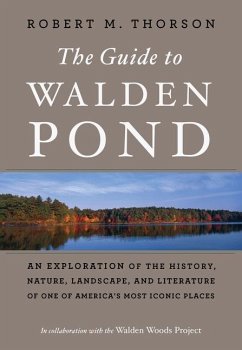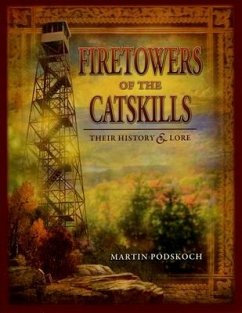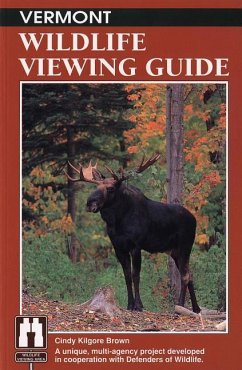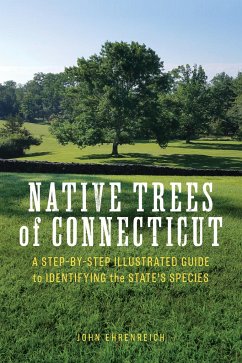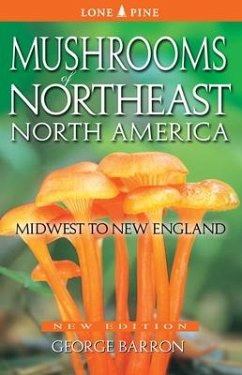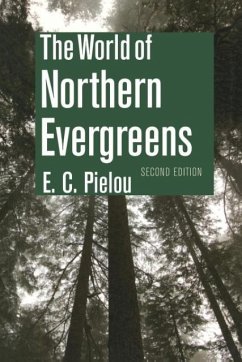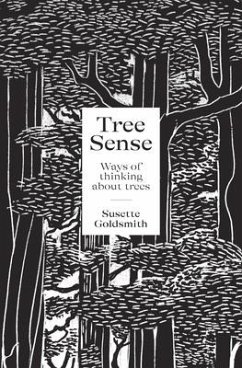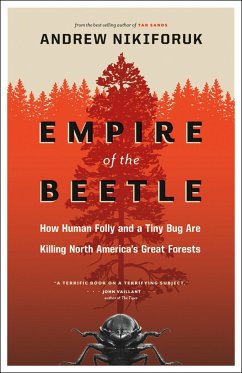
Wetland, Woodland, Wildland
A Guide to the Natural Communities of Vermont, 2nd Edition
Versandkostenfrei!
Versandfertig in über 4 Wochen
22,99 €
inkl. MwSt.

PAYBACK Punkte
11 °P sammeln!
Co-published by The Vermont Fish & Wildlife Department, The Nature Conservancy, and Vermont Land Trust--a revised and updated 2nd edition This book is a must-have for anyone wanting to understand Vermont's forests, wetlands, mountaintops, and shores. Richly illustrated with beautiful line drawings and stunning color photographs, this accessible field guide will delight outdoor explorers and armchair naturalists alike. The book starts with an introduction to the natural community concept and the factors influencing our natural systems, from wind and water to soil and rocks. Then, the book offer...
Co-published by The Vermont Fish & Wildlife Department, The Nature Conservancy, and Vermont Land Trust--a revised and updated 2nd edition This book is a must-have for anyone wanting to understand Vermont's forests, wetlands, mountaintops, and shores. Richly illustrated with beautiful line drawings and stunning color photographs, this accessible field guide will delight outdoor explorers and armchair naturalists alike. The book starts with an introduction to the natural community concept and the factors influencing our natural systems, from wind and water to soil and rocks. Then, the book offers a lucid and enjoyable journey into Vermont's geologic past, with stories of colliding continents, sea floor sediments, and mysterious whale bones. This follows with a journey through all of Vermont's nine distinct biophysical regions, from the cold and wild Northeastern Highlands to the warm and dry Taconic Mountains. The bulk of the book describes Vermont's natural communities--its northern hardwood forests, dry oak woodlands, alpine tundra, cedar swamps, bogs, and marshes--in comprehensive detail. Ecological settings, including geology, soils, climate, and natural disturbance processes, are described for each community, along with complete lists of characteristic plants and animals, as well as places to visit. Wetland, Woodland, Wildland is the definitive guide to Vermont's natural communities, and is packed with information unavailable elsewhere. It offers practical information for naturalists, teachers, students, landowners, land managers, foresters, conservation planners, and all those with a love of nature who want to learn more about their surroundings. The first edition of this book, published in 2000, has become a mainstay for naturalists and students throughout Vermont and surrounding states and provinces. This second edition is completely updated to incorporate new research and a growing knowledge about natural communities, as well as a deeper understanding of climate change and its implications for conservation into the future. This newly updated book will be a prized addition to your natural history library, but it won't remain on the shelf. You will want to take it with you every time you explore the outdoors. Each paragraph will bring new insights and will deepen your understanding and appreciation of wild nature around you. You will surely want to share this book with friends.



